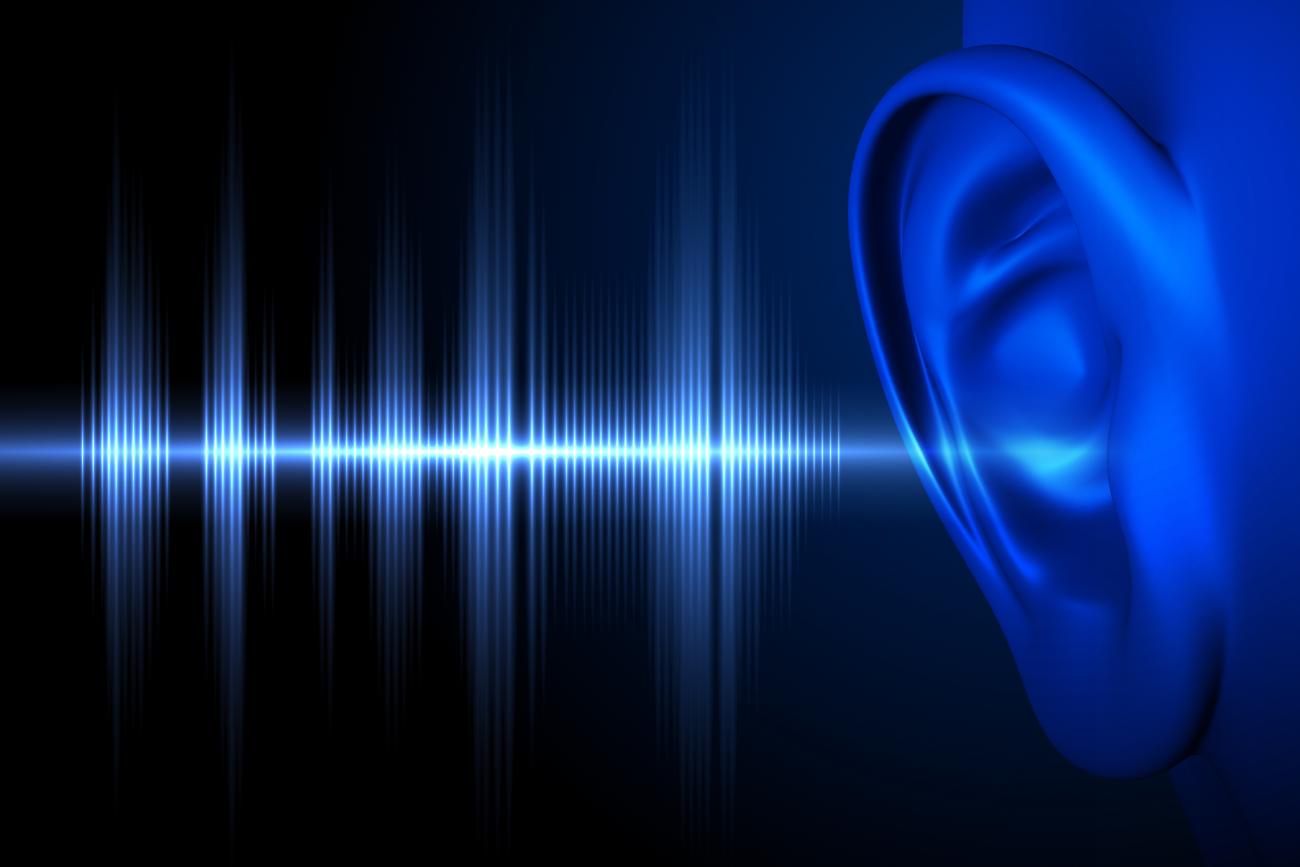When sound reaches one ear before the other, the brain uses the resulting interaural time differences (ITDs) to localize the sound. The barn owl is a nocturnal hunter and a good model for how we localize sound and process temporal information in general. We have shown that ITDs are translated into location in space in the brainstem. Detection of these time differences depends upon two mechanisms of general significance to neurobiology, delay lines and coincidence detection. Incoming axons form delay lines to create maps of ITD in nucleus laminaris. Their postsynaptic targets act as coincidence detectors and fire maximally when the interaural time difference is equal but opposite to the delay imposed by the afferent axons. Current research is focused on models of delay line-coincidence detector circuit, on the assembly of the map of sound localization during development and on how such circuits evolve. All projects develop from initial behavioral observations into systems, cellular and molecular levels of analysis.



